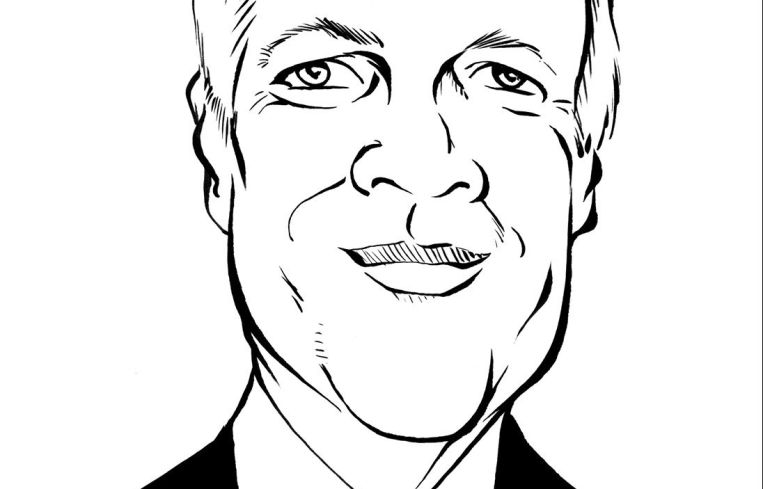“The key to success is action, and the essential in action is perseverance.”—Sun Yat-sen
Each property type has its obstacles. Retail and office have to deal with fickle tenants where huge work letters are usually required. Hotels and assisted living facilities are operating businesses. On the surface, multifamily seems the most stable property type. After all, there is no shortage of people to pick from if your property is well maintained, well located and priced right. This is no secret and that is why cap rates on multifamily properties across the country have compressed to the 4.5 to 5.5 percent range today from 7 to 8 percent a decade ago. Despite the reduced yields, multifamily investment sales volume set a record in 2016 with $150.3 billion in transactions.
Besides the macroeconomic and demand trends, favorable financing on multifamily is also spurring development. Fannie Mae and Freddie Mac have loosened their reins, so obtaining 10-year, fixed-rate financing upon stabilization with an 80 percent loan-to-value has become commonplace. These agencies will even allow you to “resize” the loan as soon as one year after closing if you are able to achieve rental growth. Many lenders have recently implemented “bridge-to-agency” programs, which allow for easier construction loans until the borrower is able to qualify for permanent financing. This is a huge benefit as previously developers had to raise additional equity to cover the shortfall during the construction phase, which would eat into their returns. With interest rates staying relatively low, borrowing 75 to 80 percent of total project costs at sub-5 percent results in huge positive leverage. Generally, developers are building into a 7 to 8 percent unleveraged cash-on-cash return. Once you layer in the leverage and sell on stabilization at a roughly 5 percent capitalization rate, the simple math results in extraordinary returns.
Now, if one qualifies for a 40-year fixed-rate Housing and Urban Development (HUD) loan, the returns are accentuated. HUD was formed to spur development in low- to middle-income areas, and there, the spigot has opened further. What makes HUD so desirable is that financing for the construction-permanent loan can be as high as 85 percent LTV and the interest rates are sub-5 percent. If that isn’t lucrative enough, that interest rate is fixed for 42 years (including the construction period). This is one of the best-kept secrets in real estate as fortunes have been made by developers simply locking in long-term annual gains for life using loans from HUD.
But HUD does have its drawbacks. First, that type of financing can’t be used in areas where the income is extremely high or the loan per unit is high (so very few New York City loans). Second, it can’t be prepaid for 10 years (though you could sell the property with the loan in place). Lastly, the loan covenants make it difficult for borrowers to pull equity out of the deal (though you could earn marketrate fees on various items).
As far as partnership structures, developers are able to invest as little as 5 to 10 percent equity into any one deal as institutional equity partners can’t get enough of quality multifamily deals with experienced sponsors. While these equity providers will want a 9 to 11 percent preferred return (minimum yield paid before any other distributions), they will often incentivize developers with a sizable “promote” of 20 to 30 percent. The “promote” is a disproportionate sharing of the cash flow after a certain return hurdle is achieved by the equity investor. In many cases, a developer can get to a 50/50 split after an 18 percent internal rate of return is attained—not bad if you only invest 5 percent of the equity requirement.
So are multifamily developers worried about a possible recession or slowdown impacting their returns? Hardly. While cap rates will rise almost lockstep with interest rates (usually on a six-month lag), rental apartments are somewhat countercyclical. If people can’t afford to buy homes or are worried about falling housing prices, they are even more likely to be renters of apartments. So barring a depression where rents would plummet substantially, multifamily investment for developers using low interest-rate debt is the elixir in any environment.
Dan E. Gorczycki is a senior director at Avison Young New York LLC where he arranges debt, equity and joint structure capital for all property types, including multifamily.



